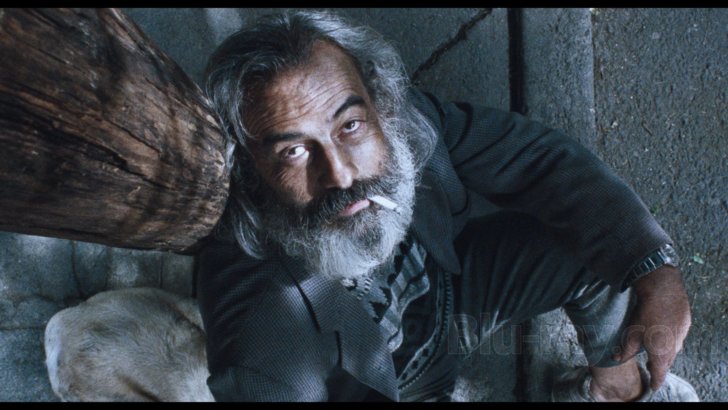

Moreover, the noise of traffic is slowly crossfaded with the sound of an idling engine to further prepare us for ‘real’ diegetic space. The blackness and close proximity of the moving asphalt also manipulates our sense of space by creating a feeling of claustrophobia and danger this prepares us for the jump cut into the bloody and confined space of Octavio’s (Gael García Bernal) car. However, the movement only confuses us because the soundscape is still telling us that we are standing still, but we are also being passed speedily by multiple cars. We fade into a tilted wide-angle shot of black pavement as white divider lines fly horizontally across the frame this functions in creating vectors and simulating forward movement (Beckman 143). The film begins with a fade in from black accompanied by sounds of men panting and cars quickly passing a fixed point in space (not from inside a moving car). Furthermore, these components function not only in manipulating the linear flow of the film but serve as a device for elliptical transition. These visual and aural elements are easily accessed in the first sequence leading up to the episodic/automobile collision.

This obstruction of linear movement is further reinforced by combining “the basic elements of sound (speech, noise, and music) into an intricate mix so as to rearticulate cinematic space and time” (Smith 63). This lack of linearity or forward movement places the spectator in a form of temporal stasis because although we move forward in the story, we paradoxically end where we began: with two cars colliding in the street (Beckman 137). However, in Perros, all of the storylines are presented to us in a non-linear order. This kind of episodic storytelling, though in varying degrees, is also apparent in Iñárritu’s Babel (2006) and 21 Grams (2003). Moreover, films woven together by concepts and metaphor, where the narrative “action is connected or influenced in invisible ways” (Ebert 55).

Essentially, a term that refers to films driven by non-linear and loose narrative structures separate plotlines only vaguely intersect (Booker 15). Alejandro González Iñárritu’s film Amores Perros (2000) is a prime example of what Alissa Quart coined “Hyperlink Cinema” (Quart 1).


 0 kommentar(er)
0 kommentar(er)
